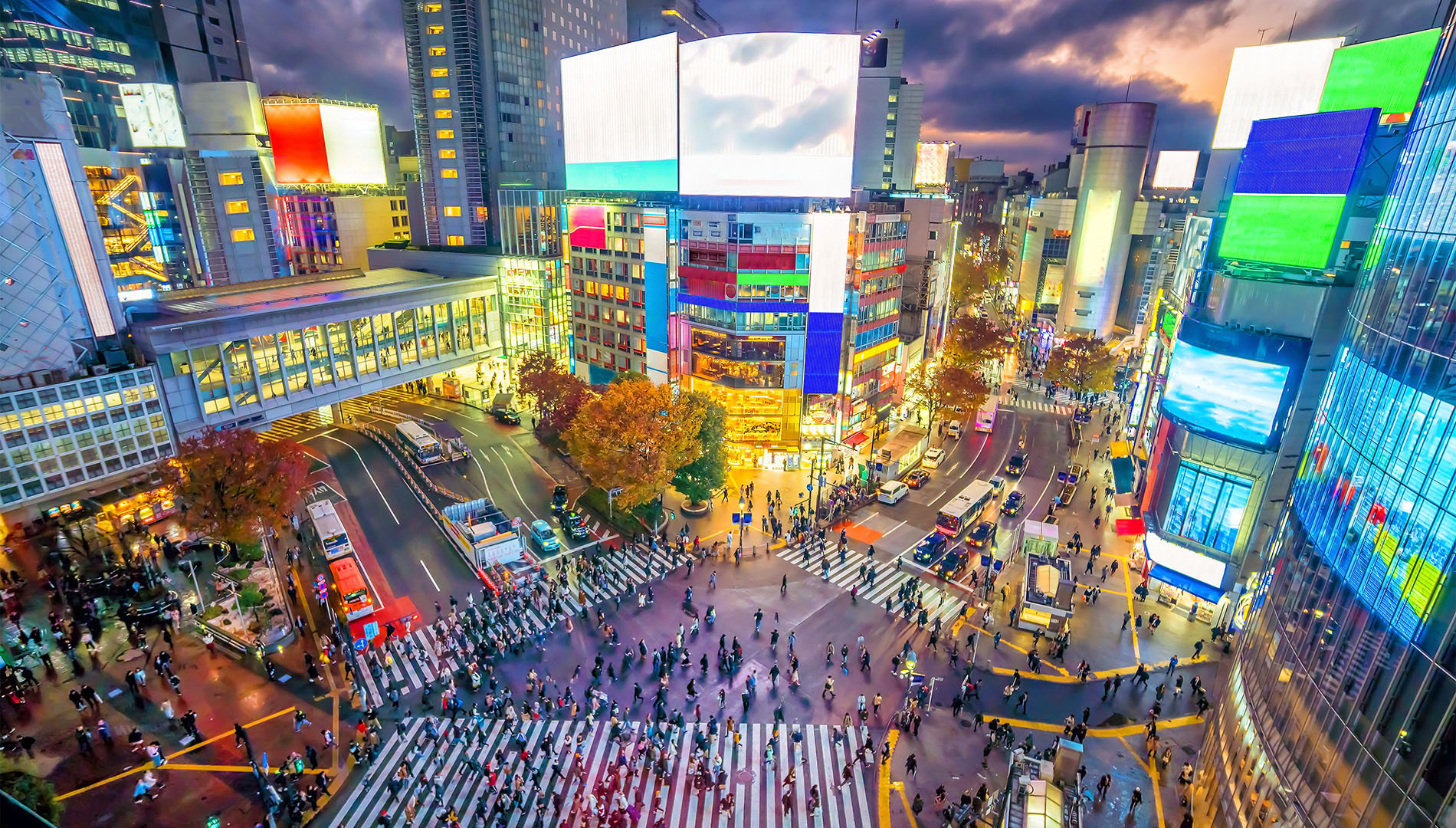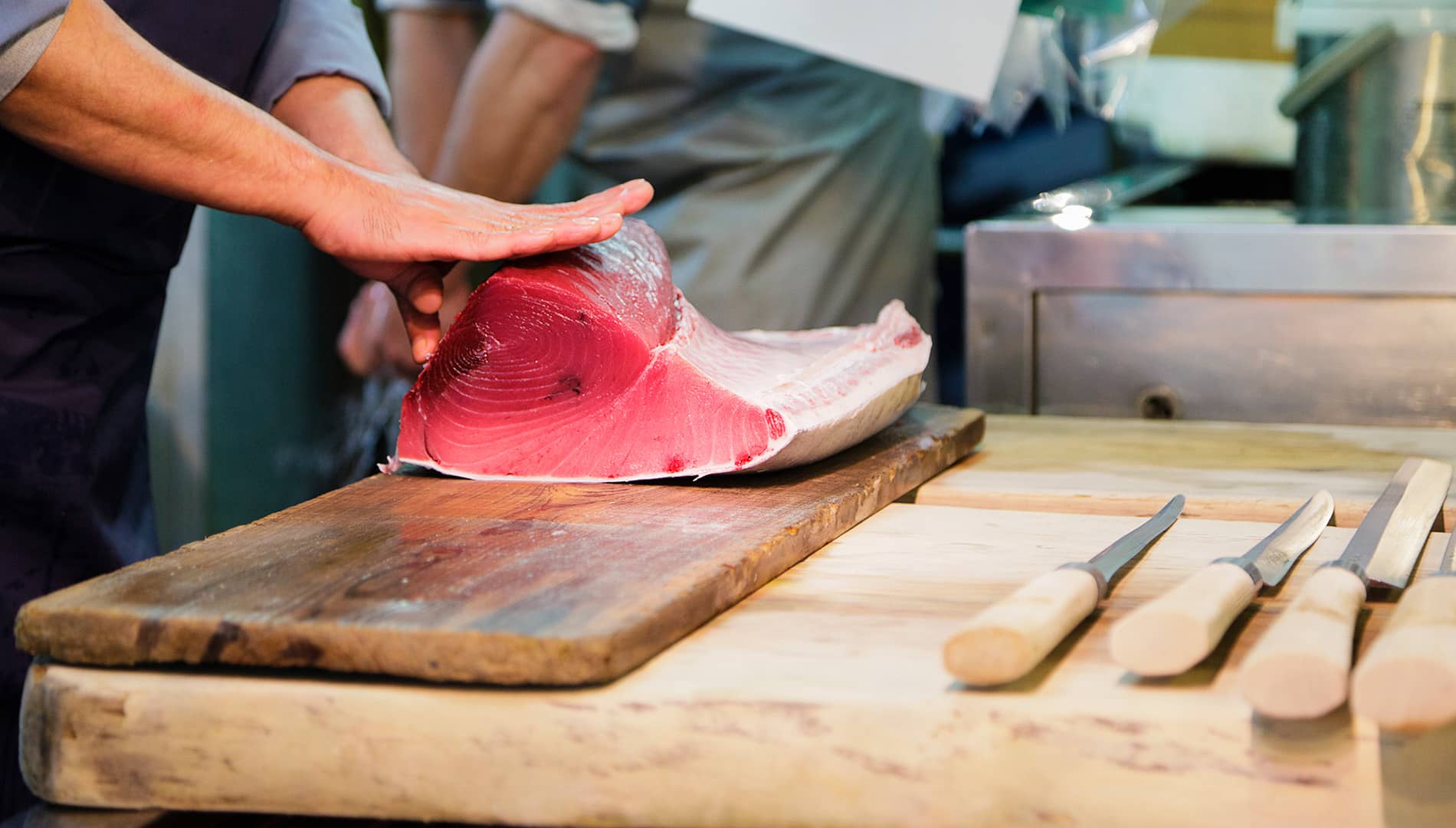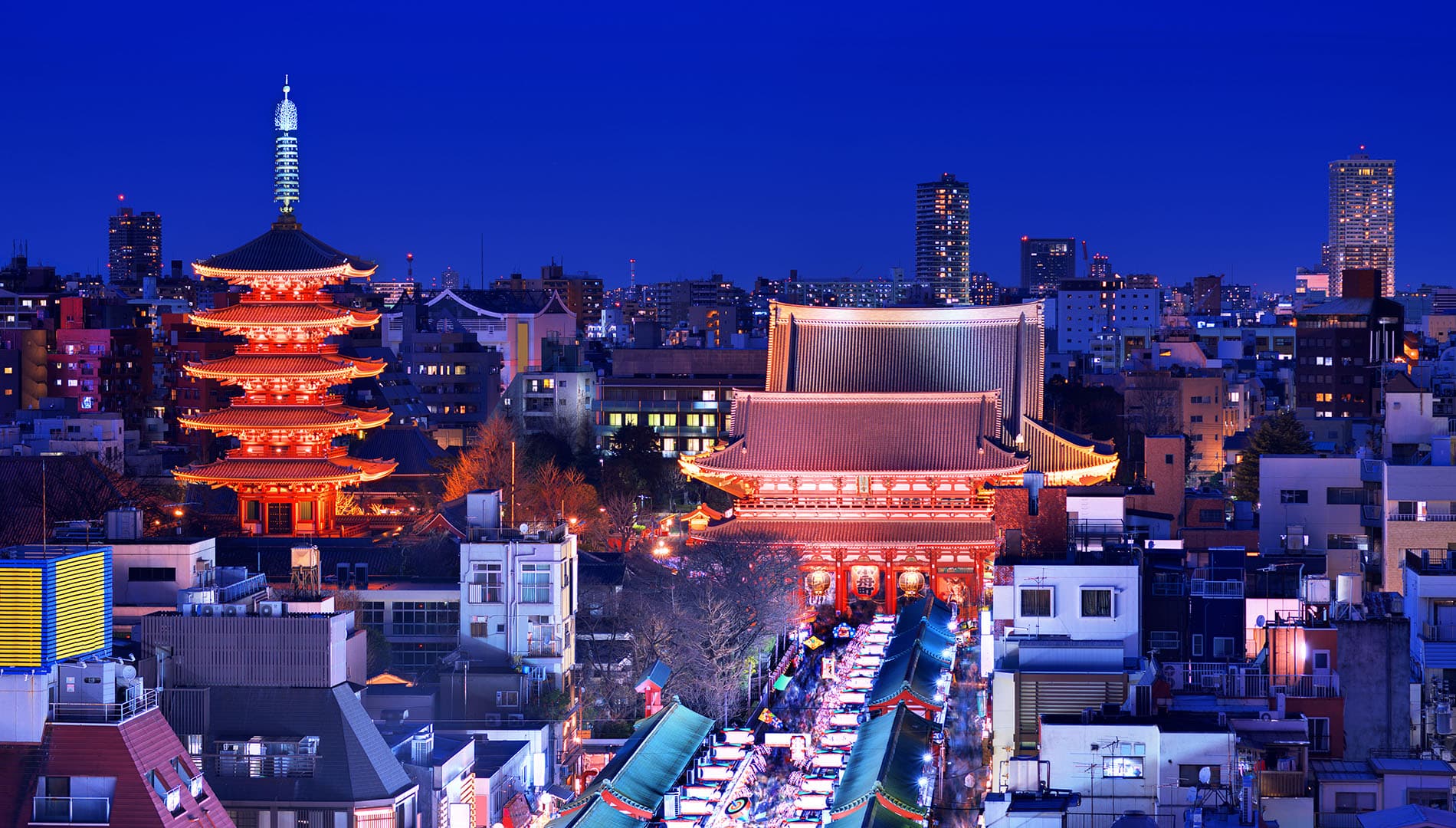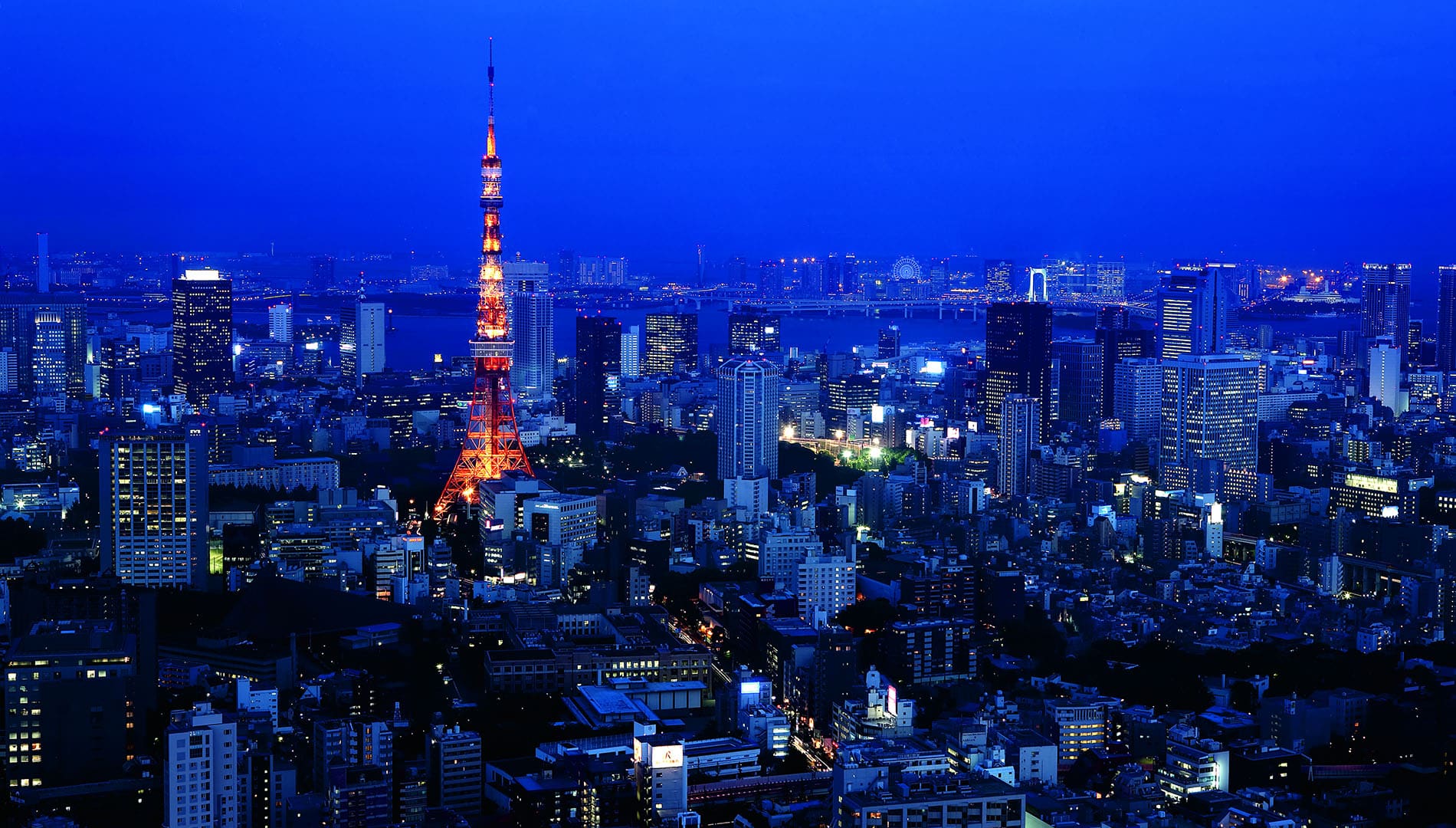Tokyo, which means “Eastern Capital” in Japanese, got its name when the emperor’s seat moved from Kyoto in 1868 during the Meiji Restoration. It’s now the largest metropolitan area in the world, and Tokyo’s streets are adorned with an endless array of trendy shops, charming cultural sites and more MICHELIN-Starred restaurants than any other city in the world.
Explore centuries-old heritage landmarks, savor delectable street-side eats and unearth vintage treasures in a city where captivating experiences unfold at every turn. Taking in all that the capital of Japan has to offer in just three days may present a challenge, but with a well-structured plan, you can easily make the most of your visit to this fascinating city that seamlessly blends tradition with modernity. If not, there’s always next time because Tokyo’s a city you’ll keep wanting to return to.
As always, check for travel guidelines and closures before planning your trip.
Friday: Squeeze Through Shibuya and Harajuku

Start your morning by indulging in a delicious breakfast buffet at The Terrace, an all-day dining establishment with a wide variety of international offerings, complete with live-cooking stations. After fueling up for the morning, make your way to the Meiji Jingu shrine for a burst of fresh air. Learn about the Shinto religion and the nation’s imperial past at Japan’s most renowned Shinto shrine.
Then take a walk to Shibuya, where the iconic Shibuya Scramble Crossing awaits. Soak in the orchestra of noises — from parading idol vehicles and the revving engines of street go-kart tours to store jingles and the spirited calls of salespeople. Visit megamalls like Shibuya Hikarie, Miyashita Park and Shibuya PARCO.
Music fans: Be sure to keep an eye out for the unmistakable sign near Shibuya MODI that boldly states “No Music. No Life.” There lies a vibrant yellow tower known as Tower Records — home to Tokyo’s unstoppable music scene. Here, you can find the latest CDs and vinyl records from Japanese music makers and, if you’re lucky, catch live performances for a real treat.
Pause for an afternoon snack at Buy Me Stand, a cozy diner that looks like it came straight out of an ’80s film. Enjoy scrumptious sando flavors — think pork ribs and apple slices topped with caramelized onions (Apple Cheeks) or a sliced ham and peach combo sandwiched in between pieces of toast with blue cheese and chili pepper (Sweet As Peach).
Once you’ve had your fill, it’s time to take in the panoramic city views. Head up to Shibuya Sky, the highest point in Shibuya, which has a 360-degree open-air observation deck on the rooftop of Shibuya Scramble Square. If luck is on your side, you might just catch a glimpse of Mount Fuji, too.
Back on ground level, make your way to Harajuku — a heaving hub of Tokyo’s diverse subcultures characterized by its eclectic street fashion, unique boutiques and an atmosphere buzzing with creative individuality. Stroll down the colorful Takeshita Street and indulge in street crepes or the multilayered paddle-pop cotton candy from street food vendors with tempting shokuhin sampuru — plastic or wax displays that give you a peek of what to expect when you order.
End your day in the serene enclave of stylish Daikanyama, nestled within Shibuya. This neighborhood boasts a cluster of craft beer pubs, artisanal coffee roasters and upscale delicatessens. Indulge in hearty stacked burgers and craft beers at Spring Valley Brewery Tokyo, where you can witness the brewing process through expansive glass panels.
Then, venture over to the adjacent Flying Bumblebee bar, discreetly nestled in a basement on a bustling street, for a few whimsical cocktails, including the signature Financier Cocktail.
Saturday: Explore the City’s Most Glamorous District

Your breakfast adventure begins at the world-famous Tsukiji Outer Market. While Tsukiji’s fish market has moved to Toyosu — that’s where you should head if you want to watch live tuna auctions in the early morning — the Outer Market still offers plenty of stalls where you can grab a bite. Slurp down succulent oysters, savor melt-in-your-mouth sashimi, munch on tamagoyaki (rolled omelet) sandwiches and indulge in sweet delights like taiyaki (iconic fish-shaped sweet cake) and strawberry daifuku (filled mochi).
Walk it off by heading to Ginza, Tokyo’s most glamorous shopping street. High-end boutiques and top-tier MICHELIN restaurants call Ginza home. Redefine your idea of a department store by paying a visit to Ginza Wako — which has been enchanting shoppers since 1881. Explore its opulent architecture and indulge in some luxe retail therapy, from dazzling couture to exquisite jewelry.
Then, feast your eyes on marvelous aquatic installations at Art Aquarium Museum Ginza, where fish tanks transform into mesmerizing works of art. Continue your artistic escapade by heading over to the iconic Kabuki-za theater, a bastion of traditional Japanese performing arts. Witness the mesmerizing performances of kabuki actors as they bring centuries-old stories to life with their captivating theatrical styles.
Wind down for the day by making your way to the nearby Imperial Palace, where centuries of history and grandeur await. Stroll through the lush East Gardens, a serene oasis in the heart of Tokyo, and soak in the imperial charm of the palace grounds. Then, as dusk descends, enjoy a lovely kaiseki meal (a multicourse dinner) at the 2-MICHELIN-Starred restaurant, Ginza Kojyu.
Sunday: Uncover Older Tokyo

There’s no better way to kick-start a day of culture than with a Japanese-style breakfast at Misojyu — think a variety of flavored onigiri (rice balls) with a side of piping-hot miso soup. Once your tummy’s filled, it’s time to explore Asakusa — one of the city’s most culturally rich neighborhoods.
Your journey starts with a pilgrimage to Senso-ji Temple. This age-old spiritual gem is the oldest and most iconic Buddhist temple in the city. Step through the majestic Kaminarimon Gate, and the Nakamise-dori shopping street will greet you with a symphony of colors and aromas. Take your time to wander, indulge in traditional snacks and lose yourself in the temple’s serene ambience. And don’t forget to draw your omikuji — a lottery slip that will tell your fortune at random — and make a wish at the main hall.
Afterward, pause for a midday feast. Along the street, relish authentic Japanese flavors with street food like fresh senbei (rice cracker), ningyo-yaki (sweet bakes) and taiyaki, where each bite is a tribute to Asakusa’s culinary heritage. After regaining your energy, take a leisurely stroll to Tokyo Skytree, one of the tallest towers in the world that graces the city’s skyline. Ascend to the observation decks for breathtaking views of Tokyo and beyond.
Make sure to check out Kappabashi Street, too. This unique destination beckons with its array of traditional and one-of-a-kind tableware from stores that have been running for several generations. For dinner, venture to the lively Hoppy Street, a local favorite known for its izakayas and street food vendors. If you’re a fan of one-pot meals, then head over to Asakusa Imahan instead. This traditional sukiyaki restaurant has a history of more than 120 years and is guaranteed to please your taste buds. Here’s a tip: start queueing early as lines tend to form rapidly at this location.
End your evening with a relaxing Sumida River cruise to admire Tokyo’s illuminated skyline from the water.
This article was created in partnership with Time Out.




